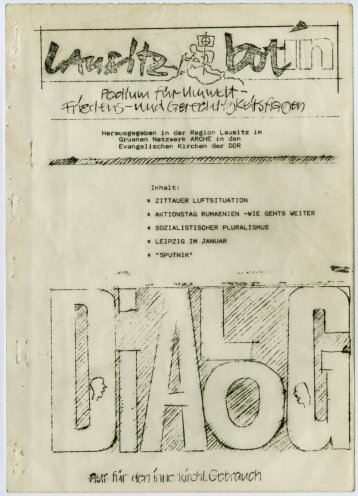



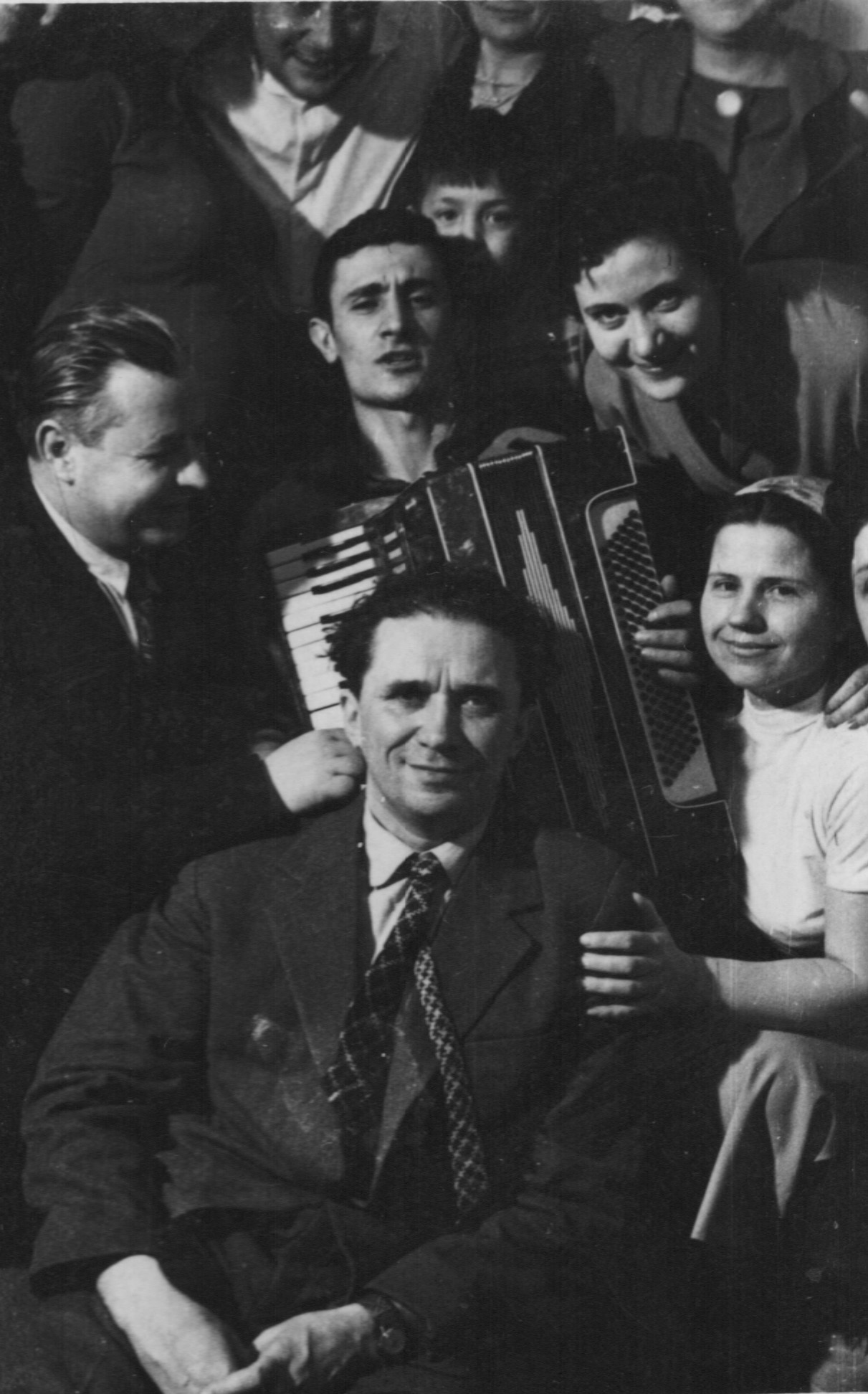

Petru Negură’s private collection includes a wide variety of materials (interviews and archival documents) related to the activities of the Moldavian Writers’ Union (MWU) from the early Soviet period to the late 1950s and early 1960s. The collection focuses on institutional history and on the relationship of Moldovan writers with state power.


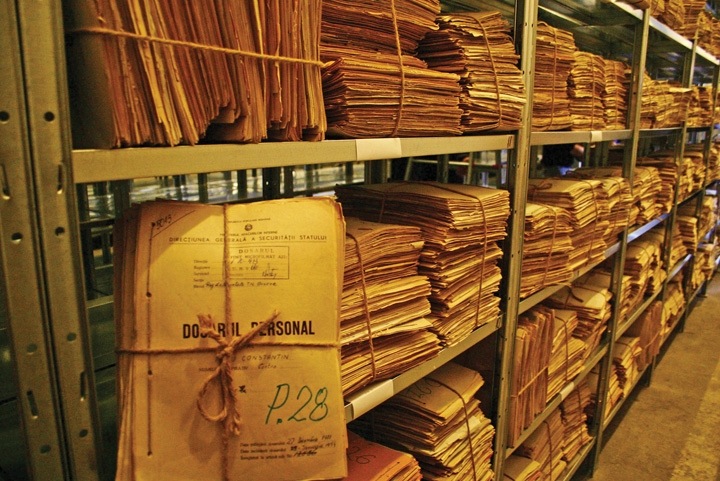

The most important event in the history of the collection was its transfer, during the period 30 October–6 November 2001, from the Romanian Intelligence Service to CNSAS. This created the opportunity to initiate research on these materials, and also quickly opened the path to the restitution of the documents to their rightful owners. The process of returning upon request the originals of confiscated materials to their initial owners is regulated by the decision of the CNSAS College of 18 December 2001. In such cases, the content of the Manuscript Collection, as initially transferred to CNSAS, is preserved by making photocopies of the materials returned to their rightful owners.
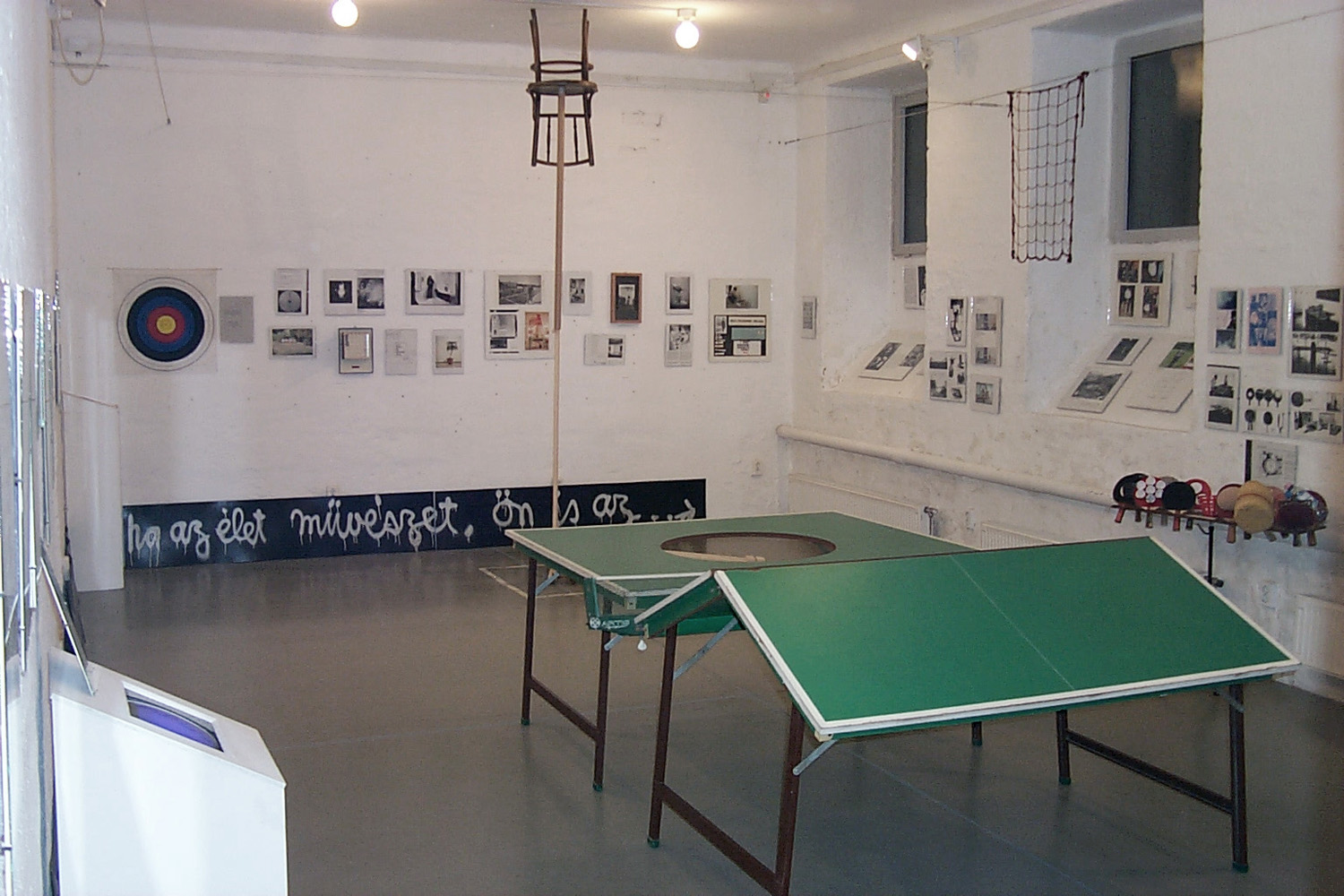

(reconstruction by György Galántai, based on George Maciunas’s idea, 2001)
George Maciunas’s idea and work made in 1976 was reconstructed by György Galántai on the occasion of the exhibition Impossible Realism in 2001. Maciunas imagined the Flux Ping Pong as a ping pong table with rackets being made unusable for playing ping pong: one half of the table has a big hole, the other half is not flat and not horizontal; the rackets are superposed with interfering objects and surfaces. Though the equipment is thus unusable, using it to play guarantees an extraordinary experiment. The audience had the opportunity to try to play on the table in the exhibition entitled Fuxus East – Fluxus Networks in Central Eastern Europe, which was organized in several venues; in the Fluxus (Sport) Events in 2011 at Galántai House in Kapolcs; and a different version was also on show in the frameworks of a project in Sidney in 2013 (http://artpool.hu/2013/fluxpingpong/).http://www.artpool.hu/lehetetlen/real-kiall/nevek/galantai_pingpong.html
The several hundred pages that make up the manuscript of the book Tortura pe înțelesul tuturor (Torture made intelligible to all) have been in the possession of the Sighet Memorial for seven years. The original manuscript was donated after the publication of the second edition of the book by the Civic Academy Foundation. “The first edition of the book was published in Chişinău; for the Romanian edition, he chose us, and on that occasion he gave us the original manuscript of the book, partly with a view to the preparation of an exhibition of manuscripts. Since 2011, it has been the property of the Sighet Memorial,” explains Ioana Boca, the executive director of the Civic Academy Foundation, the historian of this donation.
Like the other memoirs of the Romanian Gulag, this book whose manuscript is in the Museum was in fact written after the fall of communism. Before 1989, such memoirs were only written in exile. In comparison with other memorialistic works of the same type, this book deserves special attention, because it enjoyed an impressive critical reception. In his Istoria critică a literaturii române (Critical history of Romanian literature), Nicolae Manolescu remarks that the book is an outstanding example of the literature inspired by communist detention in Romania: “Two things are striking in Pavlovici’s recollections, apart from his immense literary talent: the capacity to suggest, without a trace of emphasis or of the desire for revenge, the banality of evil, as it was characterised by Hannah Arendt; and the pince-sans-rire humour, often black, that the author proves himself capable of, even in the face of the most horrible atrocities. His arrest and his passage through all sorts of evil places are very close to the absurdities of Kafka. However the neutral tone, the voice that is never raised, the ironic commentary, irreverent but never cynical, bring out of bestial behaviour and terrible experiences not only salutary lessons, but also a bearable, positive appreciation of human nature, which is never irreversibly corrupted.” Ruxandra Cesereanu too appreciates that “the exceptional merit of Florin Constantin Pavlovici is that it presents the infrastructure (minutely analysed from a psychological and socio-political point of view) of the apparatus of repression in communist Romania with the narrative tools of a refined intellectual. His story has subjective value, but it also offers the matrix for an understanding of what the Romanian Gulag was and how it functioned.”
The pages making up this original manuscript of the book Torture Made Intelligible to All are displayed in Room 70 of the Sighet Memorial, on the second floor of the building. This room is dedicated to “The Memory of Manuscripts,” those texts that for the communist regime constituted “hostile writings.” The Museum guide characterises the collection of manuscripts in this room as follows: “Whether they were confiscated, or circulated clandestinely, or led to the sentencing of their authors, or mark their destiny in the prison system, they are linked by that purity of expression that is the mark of true literature. Together with the manuscript donated to the Sighet Memorial by Florin Constantin Pavlovici, Room 70 also houses, original manuscripts or copies of Jurnalul fericirii (Journal of happiness) by Nicolae Steinhardt, Testamentul din morgă (Testament from the Morgue) by Remus Radina, Așteptând ceasul de apoi (Waiting for the day of judgement) by Dinu Pillat, Drumul crucii (The way of the Cross) by Aurel State, and Istoria Partidului Național Țarănesc (The history of the National Peasant Party) by Ioan Marta. It also houses correspondence of Gheorghe I. Brătianu, Silviu Dragomir, Corneliu Coposu, Cicerone Ionițoiu, and Mircea Carp.
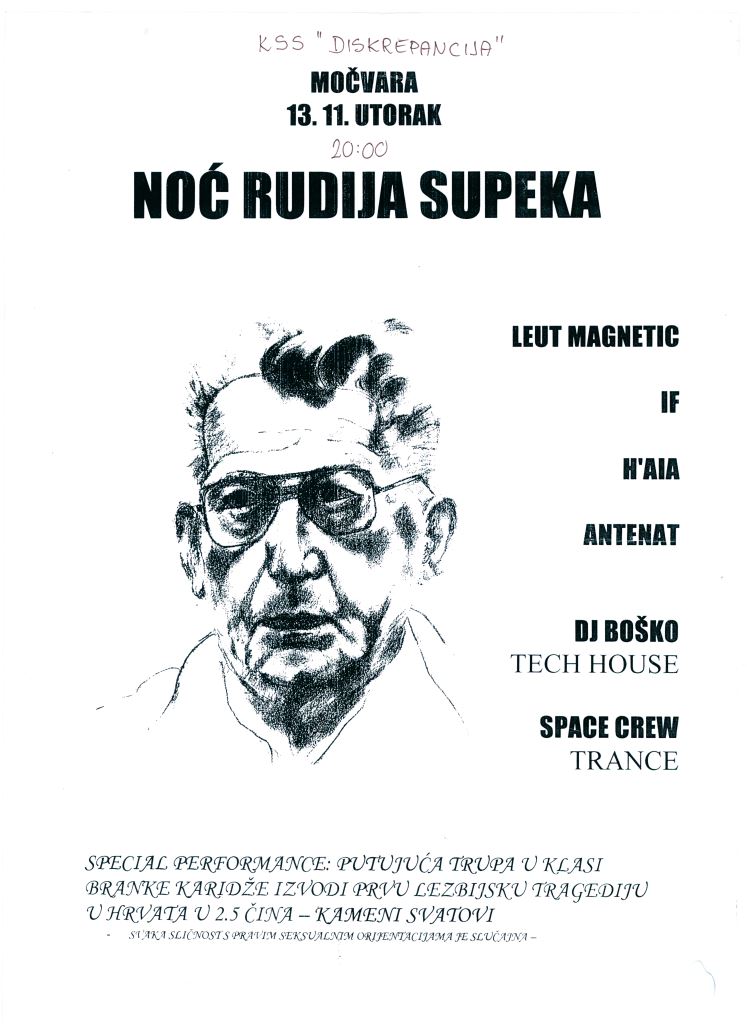

“Rudi Supek Night” is an informal gathering of sociologists organised by the Discrepancy Student Sociology Club at the Faculty of Humanities and Social Sciences of the University of Zagreb. Discrepancy is one of the most active student organisations at the University of Zagreb. “Rudi Supek Night” is held annually in honour of Rudi Supek, the founder of the Faculty’s Sociology Department. Although it is a freshmen party for sociology students, this event, which is full of dancing and music, is open to all visitors. The concert regularly offers a broad repertoire of both popular and lesser known bands which have or have had sociology students as members. It is a concert of various music genres that alternate throughout the evening, open to everyone, regardless of subculture or musical taste. Each year, Discrepancy announces the concert with a distinct poster featuring a picture of Rudi Supek on it. By naming the event after Supek, students show how popular Supek was among his students as a sociologist, professor and non-conformist intellectual.
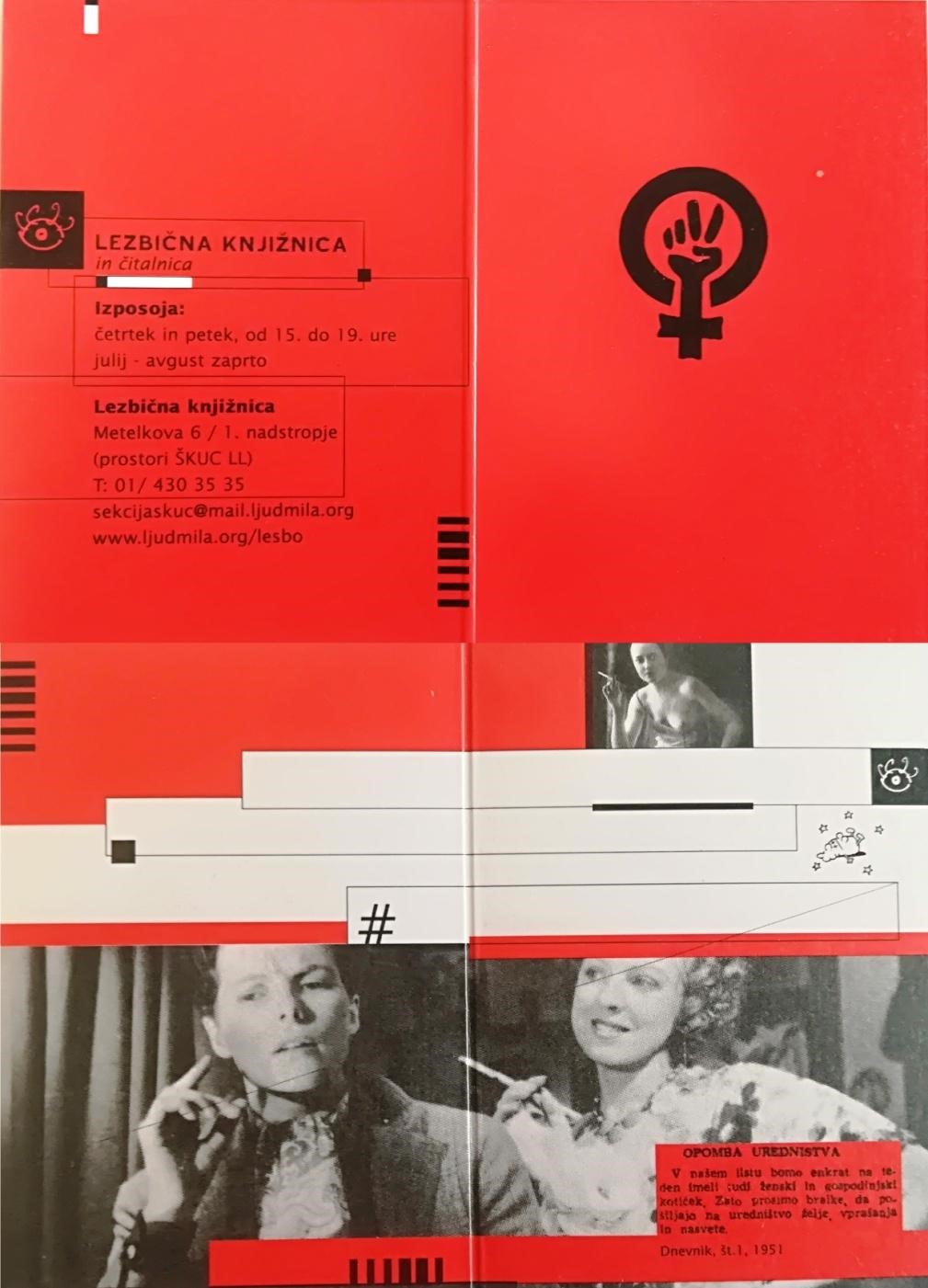

The Section LL archive contains material produced by an important part of the Slovenian lesbian and gay movement and its activist groups since their establishment in 1984. The collection primarily holds documents and other materials related to the activities of Section LL, comprehensive press-clippings, underground magazines, promotional materials (posters, leaflets, etc.) and a variety of visual material, some with artistic merit. The archival materials testify to the first lesbian and gay organizations established not only in Yugoslavia, but also in socialist Europe. Moreover, the Slovenian gay and lesbian movement in the 1980s was somehow unique in the socialist context, since its activities were completely public and it enjoyed extensive, often even rather positive media coverage.
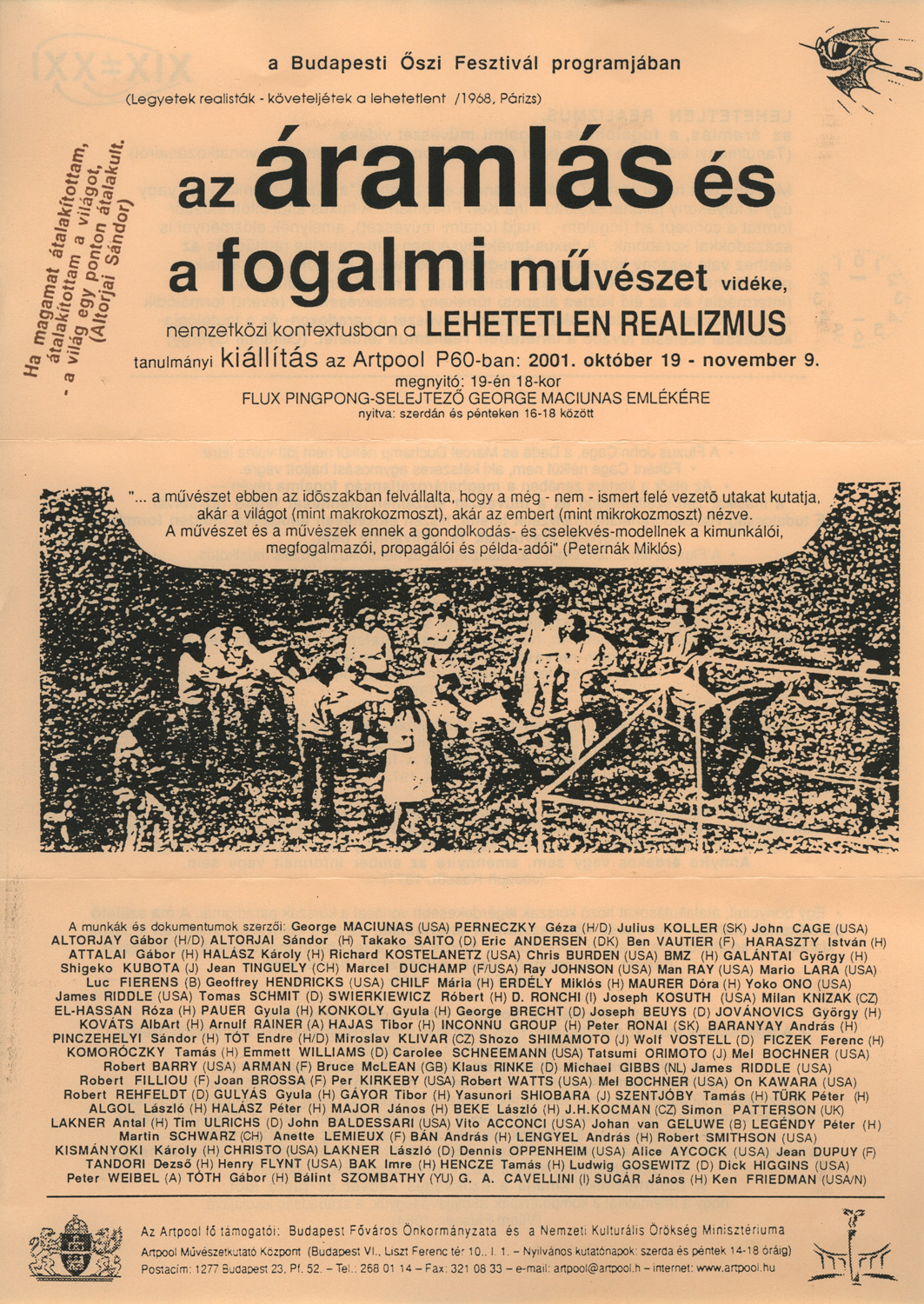

(Budapest Autumn Festival, Artpool P60, October 19-November 9, 2001)
The study exhibition organized by György Galántai contextualized the Hungarian references of Fluxus and conceptual art from a contemporary perspective in 2001. The show presented Fluxus related documents and objects with artists such as Ben Vautier, György Galántai, György Jovánovics, Eric Andersen, Julius Koller, Péter Türk, András Lengyel, etc., as well as the reconstructions of works and ideas by Marcel Duchamp, Joseph Kosuth, and George Maciunas.http://artpool.hu/lehetetlen/real-kiall/enterior01.html

The exhibition "Jiří Kolář - Collector" covered all parts of the Jiří and Běla Kolář Collection and was meant as an homage to its founder, the Czech collage artist, poet and art collector Jiří Kolář. The exhibition took place in Veletržní Palác (National Gallery) in Prague from October 2001 until February 2002. The exhibition was accompanied by a catalogue that might be considered the most complex key to the collection. The catalogue includes following topics: In the circle of Group 42; Experiment, action, concept; Jiří Kolář collector; Vladimír Boudník; Ladislav Novák; The Collection of the National Gallery in Prague; Parisian exile. The catalogue was edited by the Czech art historian and curator Marie Bergmanová.


The folk music collection of László Lajtha is currently held at the Hungarian Heritage House. The collection provides insight into the private practices of alternative culture during the socialist dictatorship. It holds many documents that represent pre-communist cultural heritage, as well as private opposition to communist ideology. It illustrates László Lajtha’s correspondence with the Communist Party, and contains many letters, manuscripts, and documents which reflect a critical perspective on the Hungarian communist era.

